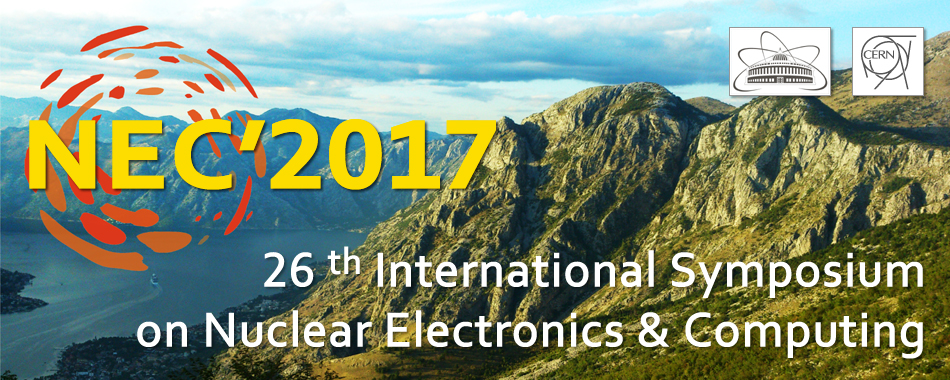Speakers
Ms
Victoria Belaga
(JINR)Prof.
Yury Panebrattsev
(JINR)
Description
In this report, we would like to present a software and hardware complex used to training of university students for their further work in real physical experiments. Our educational tool “Virtual Laboratory of Nuclear Fission” consists of several complementary components:
A) General view:
– Key ideas in nuclear physics and nuclear structure,
– Basic theoretical models of nuclei,
– Introduction into instruments and methods for the study of radioactive decays,
– Virtual practicum and real measurements.
B) Specific tasks:
– Physics of spontaneous fission,
– Experimental studies of spontaneous fission,
– Light Ions Spectrometer (LIS) spectrometer,
– Measurements,
– Data analysis.
Use of this tool during the summer student practice will enable the professionals to be able to prepare experiments in a relatively short time and perform measurements simultaneously with data analysis. We plan to integrate this educational tool into the traditional educational process applying the blended learning model.
Virtual labs based on real experimental data for development of skills and competences in nuclear physics experimental techniques.
One of the main trends of the modern university education is the inclusion of experimental data and research methods into the educational process. It is crucial to ensure that university graduates are able to engage in research in modern scientific laboratories with relative ease.
This project proposes to develop the educational model on the basis of the modern physical setup — Light Ion Spectrometer (LIS).This model will be developed in collaboration with the Flerov Laboratory of Nuclear Reactions. At this model students will be required to study the nuclear physics phenomenon such as spontaneous fission, which forms the basis for the studies of multi-body decay modes.
A distinctive feature of this model is its relative “simplicity”, while it uses the most advanced radiation detectors, nuclear electronics and other equipment to make precise measurements. This allows the students in a relatively short training period to go through all the stages of preparation of the experimental setup in order to perform the experiment and obtain physical results.
The following skills set students will acquire:
– Spectrometry of alpha particles and heavy charged fragments with the help of modern semiconductor detectors (pin-diodes),
– Learn techniques on the time-of-flight measurements using time registered detectors based on microchannel plates,
– Data analysis from modern digitizers. Measurement of time-of-flight spectra with high precision and the study of plasma delays effects in the registration of fragments with high charge in the semiconductor detectors,
– Processing of the experimental data and obtaining of the mass spectra of the fission fragments.
The set of these virtual labs form the competencies that are necessary for students’ work in a modern experiment in the field of nuclear physics.
“Interactive Platform of Nuclear Experiment Modelling” as a multidisciplinary tool in the training of specialists in the fields of ICT and experimental nuclear physics.
A new approach for conceptualization and skills development in scientific and engineering project work is proposed. In this computer-based approach libraries of various components of nuclear physics experiment (radioactive sources, various types of detectors, instruments and components of nuclear electronics) are used. This is different from traditional labs with defined equipment and measurement methods at the beginning of work.
One of the advantages of this computer-based approach is that students specializing in the field of experimental nuclear physics are able to assemble preferred virtual experimental setup using existing components of the libraries. Using high-level programming languages (C ++, C #, etc.) with the set of libraries students can develop new components of virtual experimental setups.
This multidisciplinary tool has possibility to be used by a range of students from different scientific and engineering disciplines e.g. ICT specialists, engineers etc.
Author
Prof.
Yury Panebrattsev
(JINR)
Co-authors
Mr
Alexandr Strekalovsky
(JINR)
Dr
Dmitrii Kamanin
(JINR, SO & IC Office)
Evgeny Dolgy
(University of Dubna)
Prof.
Ivan Vankov
(Institute for Nuclear Research and Nuclear Energy, Bulgarian Academy of Sciences)
Ms
Ksenia Klygina
(JINR)
Pavel Kochnev
(Dubna International University of Nature, Society and Man)
Ms
Victoria Belaga
(JINR)

